Me in my studio: Graingerboy
He reveals the gear that created the latest album
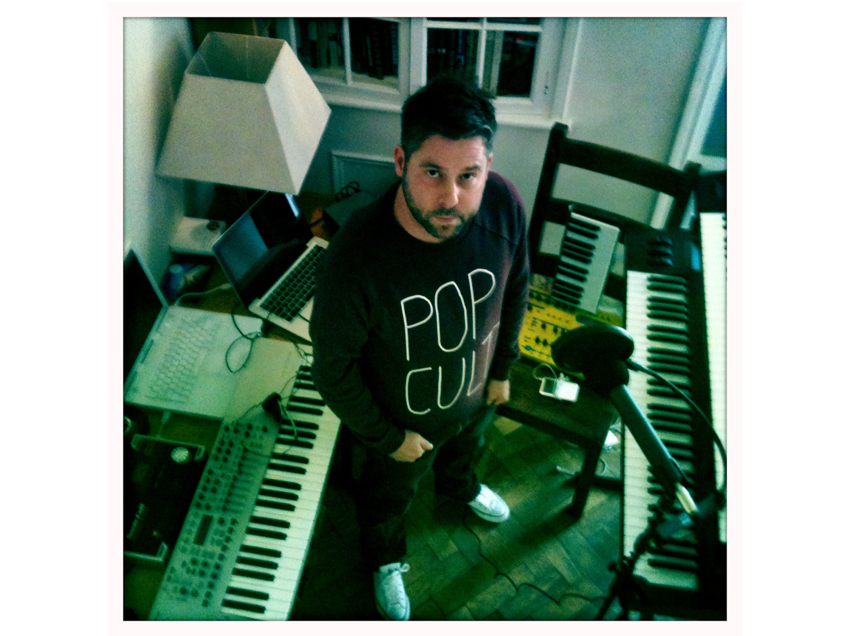
Intro
Simon Grainger: "Recording the new album Shadowformerself, which is out on 15 October, was very much a collaborative process and involved me moving between my tiny home ‘mobile studio’ in Leeds, Din Studio in Limehouse, London with Julian Simmons and finishing many of the tracks off with Ian Catt at his studio in Croydon, South London.
"Each studio played a vital part in the making of the album, so we've all selected some key elements which we feel have contributed to the Graingerboy sound."
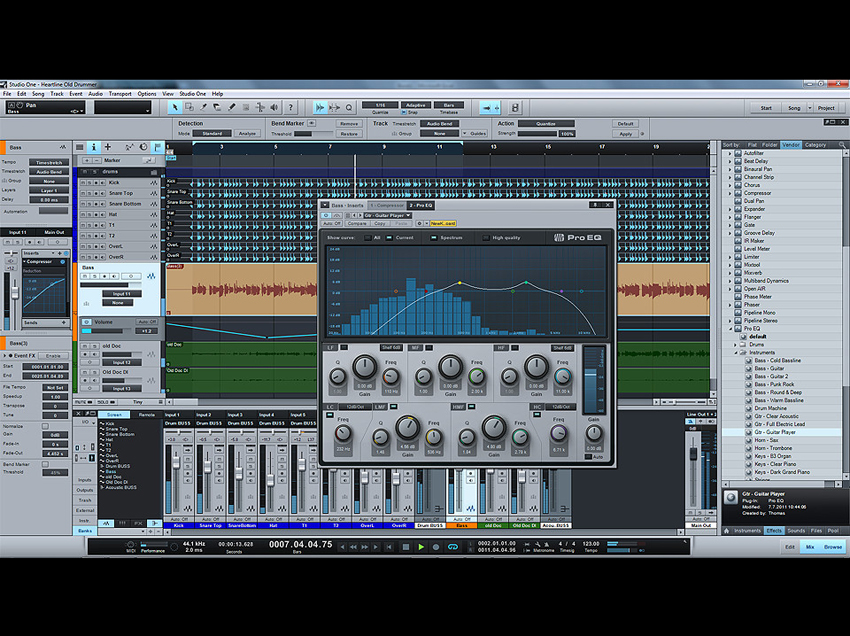
PreSonus Studio One
Ian Catt: "After ten years of using SSL Soundscape for audio (synced to Cubase for MIDI only) I finally had to concede that SSL was never going to implement the long-awaited upgrade to include MIDI sequencing and began to look seriously at alternatives.
"I rejected the usual suspects - Cubase: bloated and unstable; Logic: bloated and illogical; Pro Tools: MIDI not great - and I resent being mugged every eighteen months for upgrades. Almost by accident I found Studio One and it's very good. It's fast, intuitive and stable, loads of good plug-ins are included, it sounds good and it's not expensive. It is written by ex-Steinberg people, so the MIDI is quite Cubase-like. The later Graingerboy mixes were done on this."
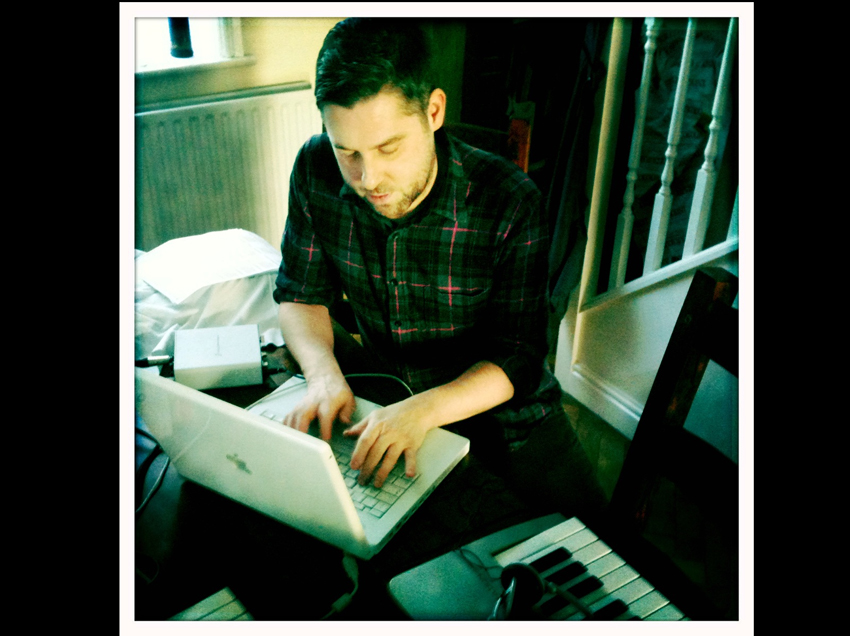
Mbox and Mac
Simon Grainger: "I actually bought a reconditioned Mac a few years ago and it has been absolutely brilliant. I needed something portable as I was moving around a lot and it was pretty essential in putting down initial song ideas and textures.
"I was never the most technical person in the world so the simplicity of the Mbox really attracted me. You can literally use it anywhere. I became ill during the making of the album and having the laptop and Mbox meant I could work in bed on my really bad days. Seventy percent of what you hear on the album was recorded via Mbox."
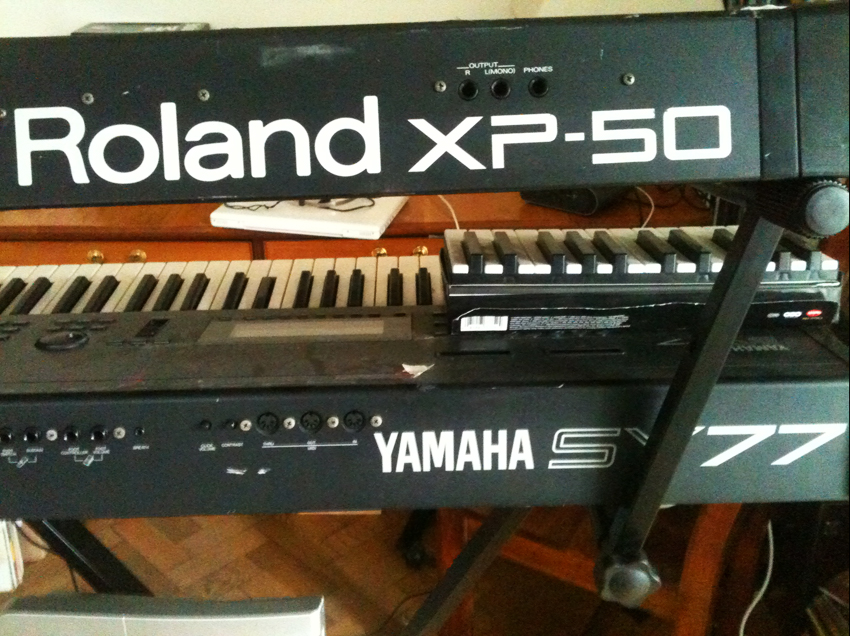
Synths
Simon Grainger: "I'm a synth collector and have never thrown one away, so there are a fair few in storage. For this album I worked closely with the Roland XP-50, a particular favourite as it travelled around the world with me while I was playing live with A Man Called Adam so I became very attached to it.
"It's brilliant for strings, pads and ambient washes and also for strange and quirky electronic lines. I also used the Roland Sonic Cell and Novation X Station which are good starting points for bleeps, strings and electric pianos. Both are very portable."
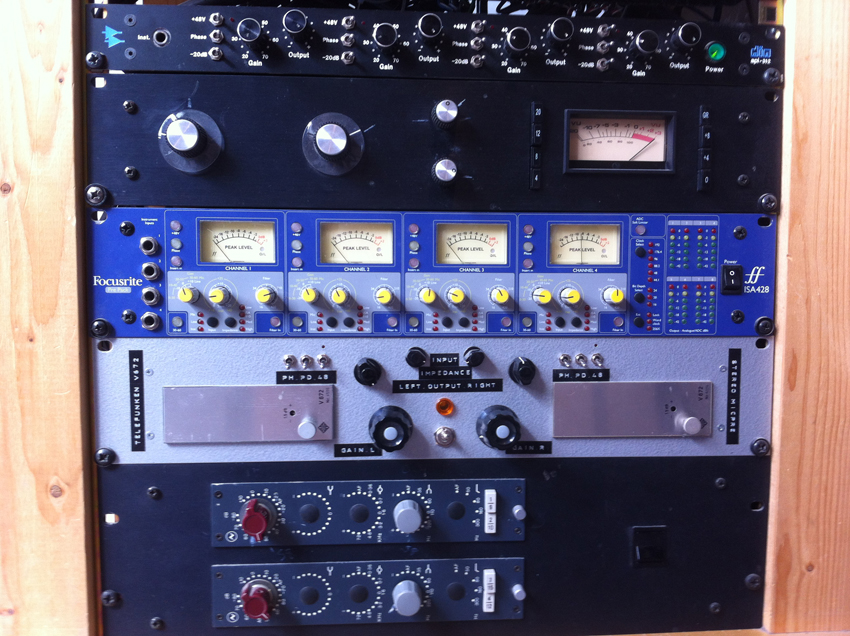
Vintage mic pres
Julian Simmons: "My prized collection of original vintage Neve, API and Telefunken microphone preamps isinvaluable. The different tones and harmonic distortion levels available through these classic mic pres provide so much colour and flexibility to my recordings, I simply couldn't live without them. Not to mention the more modern Focusrite 428s, which sound great too!"
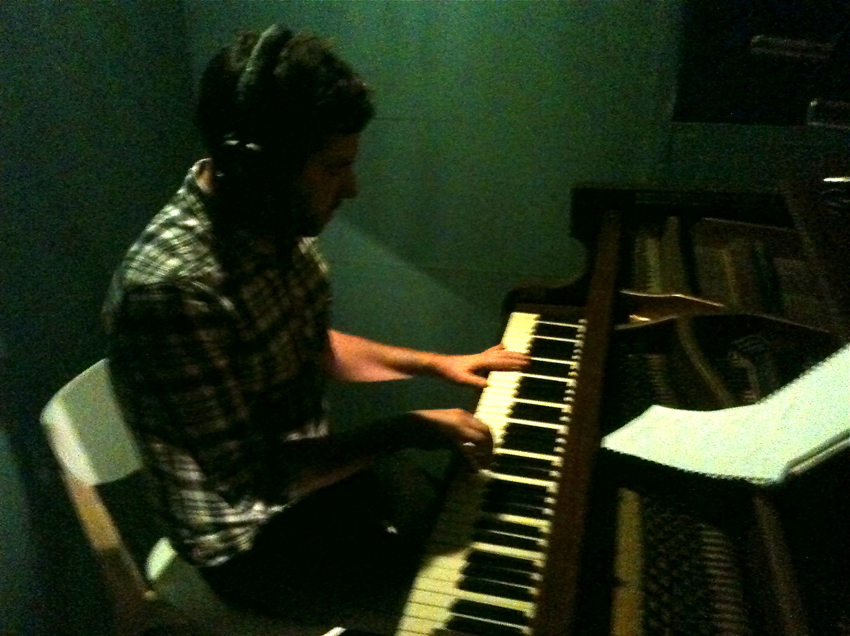
Piano
Simon Grainger: "The acoustic piano was pretty much the starting point for every track on the album. I started playing at the age of 5 and it’s the only instrument I’ve ever really mastered. Each track started life as a fairly straightforward song with chord progressions and melodies.
"In fact I think there’s piano on almost every track. I would tend to record an outline of the track on my home piano and then build any programming around it. It means that despite the album being largely electronic, there is an acoustic song in each track somewhere. The song Georgia still has the original demo recording of the upright piano in there which I remember recording in my house with a cheap mic on a very rainy day last winter."
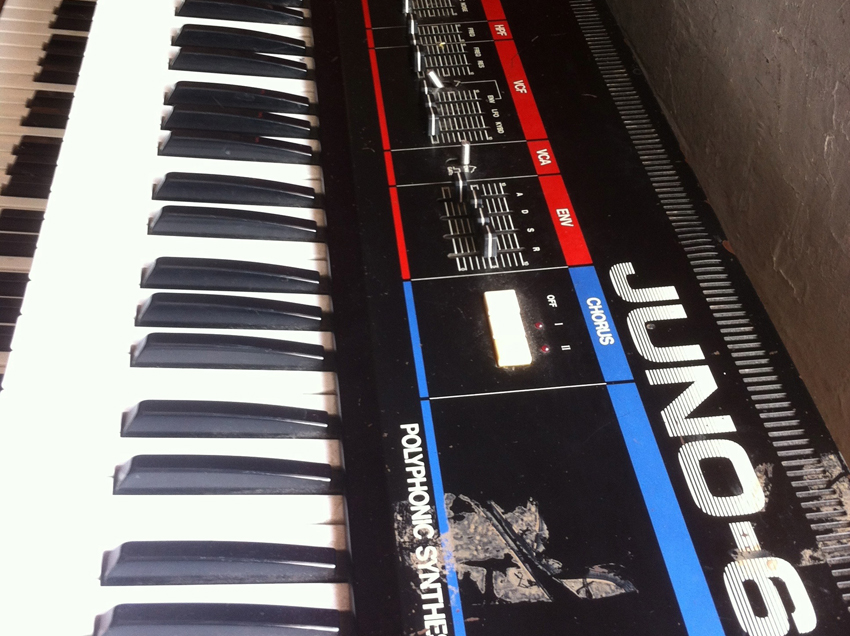
Roland Juno-6
Julian Simmons: "Electronic records need great keyboards, and this one is a beauty. It's permanently plugged in here at Din Studios, so I can turn to it at any point, and despite it's lack of presets, I always find something useful from it.
"It's had a bit of a hard life and is sporting various bumps and scratches (not created by me, I might add), but it's still really fun and inspiring to play. The Juno-6 features heavily on Shadowformerself."
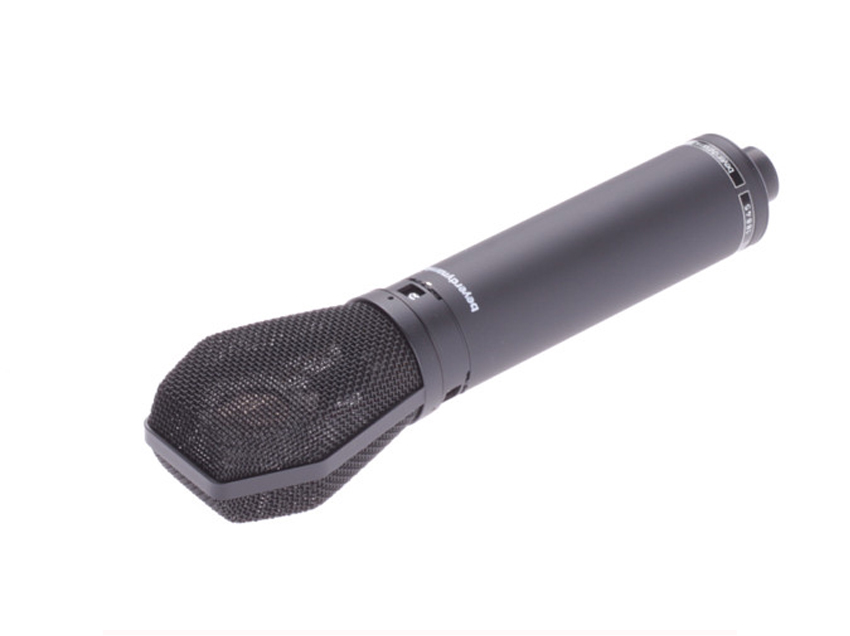
Beyer mic
Ian Catt: "This is my benchmark vocal mic. Very neutral, clean and quiet, I use it a lot on all sorts of things. When Simon first got in touch one of his concerns was excessive vocal sibilance. We re-recorded a few vocals here using the 740 with valve pres and EQ (Drawmer 1960 / TLA EQ1) and it sounded great.
"I helped it along with the old 'pencil in front of the diaphragm' trick, and sibilance wasn't an issue. I don't like using de-essers as such - if I need to sort out a sibilant vocal in a mix I use a multiband compressor with just the problem frequencies compressed."
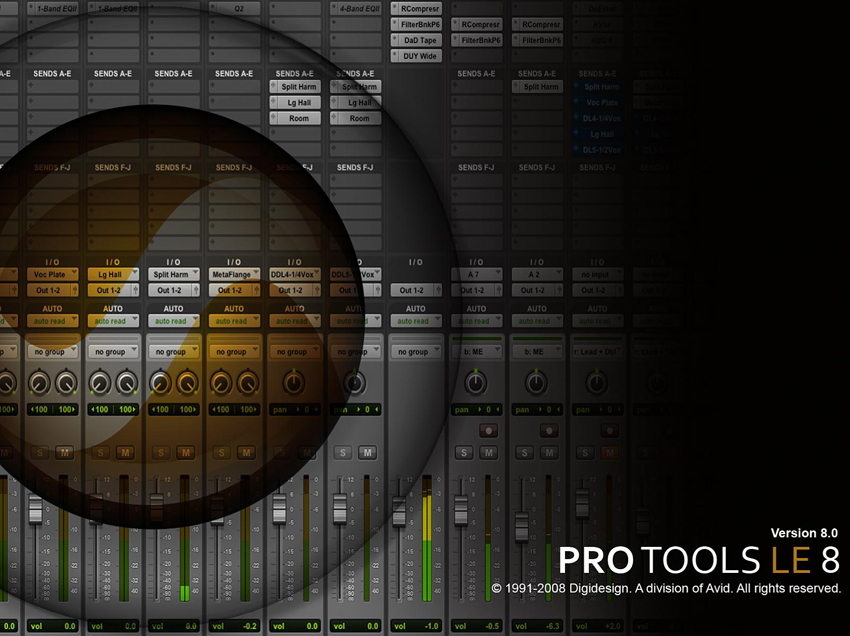
Avid Pro Tools 8 LE
Simon Grainger: "When I first started making music I used Cubase but I can't actually imagine using anything other than Pro Tools now. I've never really used much MIDI on my tracks which always surprised people but I much prefer working with Waveforms rather than blocks on a screen.
"Essentially I worked in real-time with most of the programming and then cut stuff up and looped it in Pro Tools. I also try my hardest to play basslines and synth parts live. I remember Ian's eyebrows raising when I told him this. When I used to make trance records for Ministry Of Sound a lot of people used to describe our tracks as 'trance with soul' and I think that people were able to sense that there was a live element to our tracks."









